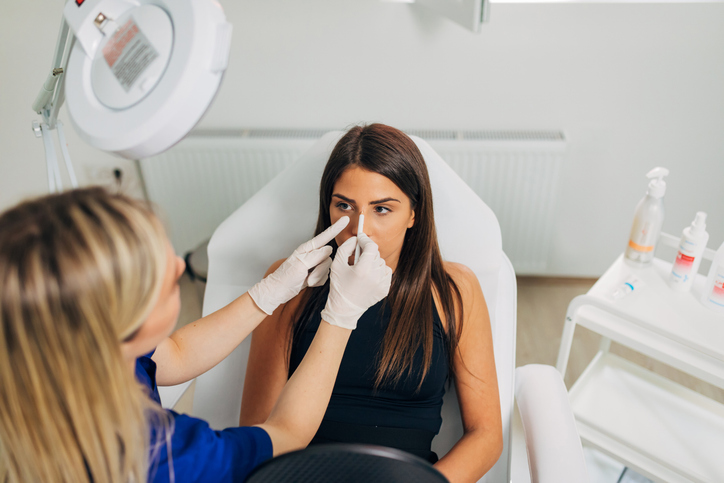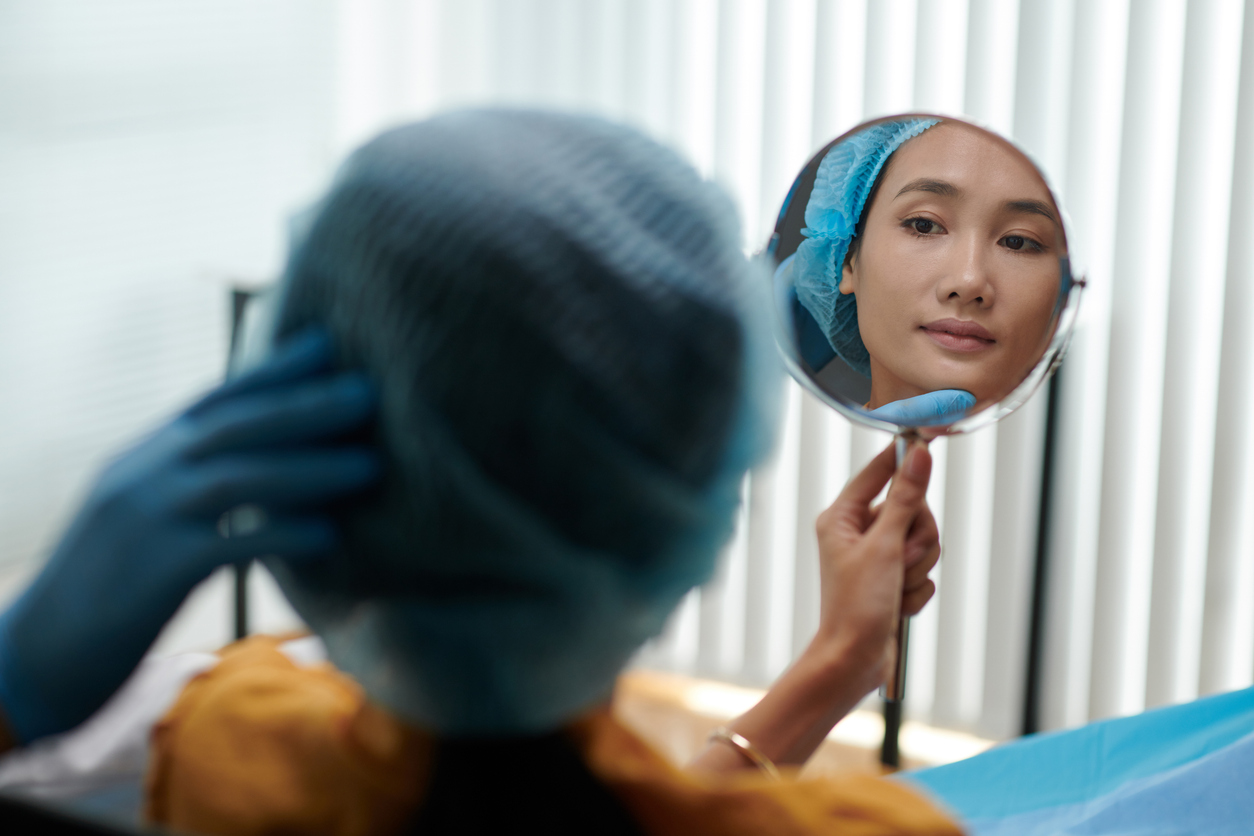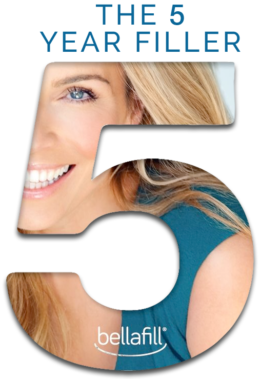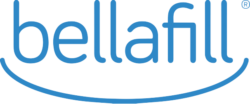Lip augmentation is one of the most popular cosmetic treatments out there. Just look around…

Understanding Rhinoplasty: What to Expect Before, During, and After
This blog aims to provide a detailed guide to rhinoplasty surgery, commonly referred to as a nose job. The guide will explain each step of the process, including what patients should expect before the surgery, the procedure itself, and the recovery period.
This guide aims to offer insights that will assist patients in mentally and physically preparing themselves. The information is what Vargas Face & Skin recommends to have a smooth experience.
Rhinoplasty Benefits: Enhancing Form and Function
Understanding the full scope of rhinoplasty benefits is essential for anyone considering this life-changing procedure.
Enhanced Facial Harmony: Rhinoplasty can dramatically improve the balance of your facial features, making the nose more proportionate to your face.
Corrected Breathing Difficulties: For many individuals, rhinoplasty offers a dual benefit by rectifying structural defects that may cause breathing issues.
Boosted Confidence: The psychological impact of rhinoplasty is profound, with many patients experiencing a significant boost in self-esteem following surgery.
Customized Results: Because each rhinoplasty is customized to the patient, the results are unique and tailored to enhance your natural features.
What Is Rhinoplasty Surgery: Defining the Procedure and Its Scope
Rhinoplasty surgery, commonly referred to as a “nose job,” encompasses both aesthetic and functional improvements to the nose—making it a multifaceted medical intervention. The primary goal of a rhinoplasty procedure may vary from refining the nose’s shape to correcting structural issues that impede breathing.
At its core, rhinoplasty surgery includes the precise alteration of the nose’s bone, cartilage, and soft tissues to meet a patient’s specific desires and needs. This may involve:
- Reshaping the nasal tip for improved proportions
- Adjusting the bridge of the nose for a smoother profile
- Straightening a deviated septum to enhance airflow and function
Additionally, the rhinoplasty procedure is distinguished by the types of corrections it can provide:
Cosmetic Rhinoplasty: Focuses solely on aesthetic enhancements, such as altering the size or shape of the nose for symmetry and balance with other facial features.
Functional Rhinoplasty: Aims to resolve breathing issues, often resulting from congenital conditions or injuries that have affected the nasal passages.
Revision Rhinoplasty: Performed to correct or refine the results of a previous nose surgery.
The Initial Consultation: Setting the Groundwork for Your Nose Surgery Process
If you’re embarking on the nose surgery process, the initial consultation is a pivotal moment. This is your opportunity to establish a connection with your surgeon, discuss your rhinoplasty expectations, and collaborate to create an effective surgical plan.
Health Assessment: Your surgeon needs a full understanding of your medical history to plan effectively and mitigate risks.
Discussion of Goals: Convey what changes you’re looking to see with your nose—be it structural issues, aesthetic enhancements, or both.
Realistic Outcomes: Recognize the importance of tempering your aspirations with the realities of surgery and post-surgery recuperation.

The Rhinoplasty Procedure Steps: What Happens in the Operating Room
Initial Incisions: Precision is critical as the surgeon makes either external or internal incisions, depending on the approach that best suits your case.
Reshaping the Nose: A highly nuanced stage wherein bone and cartilage are delicately sculpted, which might involve removing or adding to these structures to achieve the desired contour.
Revising the Nasal Tip and Bridge: If this is part of your plan, the surgeon refines the tip and bridge to create a harmonious profile aligned with your aesthetic goals.
Straightening the Septum: Functional improvements, such as correcting a deviated septum, are addressed at this point to ensure better airflow and breathing post-surgery.
Closure of Incisions: With the reshaping complete, the surgeon meticulously closes the incisions, laying the groundwork for the healing process and the new shape of your nose.
Rhinoplasty Recovery Guide: The First Hours and Days Post-Surgery
After your rhinoplasty procedure, navigating the recovery phase with the right knowledge and preparations is essential for a smooth healing process. Understanding what to expect and how to manage the initial stages of recovery properly can make a significant difference in your comfort, as well as in the success of the outcome.
Immediate Post-Operative Care
The first few hours following your surgery are crucial for setting the tone of your rhinoplasty recovery. During this time, you’ll be under close observation as you awaken from anesthesia. It’s normal to experience grogginess and mild discomfort, but the medical staff will be there to ensure that your pain is managed effectively and that your vitals are stable. You’ll be instructed to keep your head elevated to minimize swelling and to rest as much as possible.
Managing Pain and Discomfort
As the anesthesia wears off, you may start to feel some pain and discomfort. It’s important to follow your surgeon’s guidelines on post-rhinoplasty care, which often includes taking prescribed pain medications before the pain becomes intense. Avoid aspirin or ibuprofen, as these can increase bleeding. Cold compresses around, not directly on, your nose can also help reduce pain and swelling. Keep in mind that rest is a critical component of your recovery during these initial days.
Monitoring for Potential Complications
Keeping an eye out for signs of complications is a key aspect of your post-rhinoplasty care. Although rare, it’s important to be vigilant and aware of any excessive bleeding, signs of infection (such as fever or unexpected swelling), or difficulty in breathing. In such cases, contacting your surgeon right away is imperative. Additionally, follow all recommendations regarding activity level avoiding strenuous movements to prevent nosebleeds or damage to the sensitive surgical area.
Start Your Rhinoplasty Journey With Vargas Face & Skin
Starting the journey of rhinoplasty surgery involves planning, expectations, and a commitment to proper post-operative care; this blog provides many valuable insights as to what you can expect before, during, and after surgery. Following the doctor’s guidance is important for a smooth recovery, healing process, and optimal results.
At Vargas Face & Skin, we prioritize patient education and support, ensuring that everyone feels prepared and supported throughout the rhinoplasty experience. Schedule a virtual consultation to talk to a specialist and explore treatment options that best fit your needs and desires.







